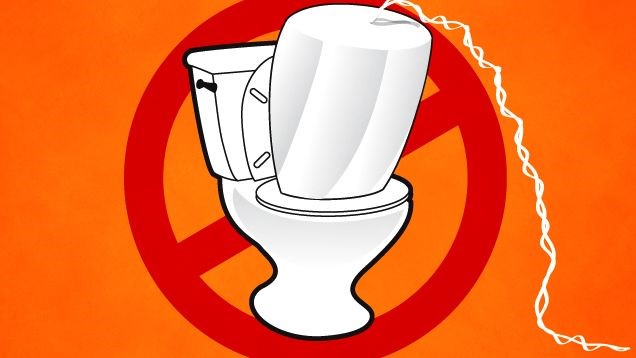Myth 1: You shouldn’t wear a tampon overnight
Using a tampon overnight is a common concern, but the fact is that one tampon can be safely used for up to eight hours. It’s crucial to choose the right absorbency for your flow and change it before bedtime and immediately upon waking up.
Myth 2: Tampons shouldn’t be worn while swimming
Contrary to this belief, tampons are an excellent choice for swimming during your period. They provide discreet and reliable protection. While they may absorb a small amount of water, it’s normal and safe. Remember to change your tampon once you’re out of the water to maintain hygiene and effectiveness.
Myth 3: Tampons aren’t meant for your first period
Fact: Tampons are suitable for individuals of all ages, including those experiencing their first period. It’s more about personal comfort and readiness than age.
Myth 4: You must change tampons every time you pee
Fact: There’s no need to change your tampon every time you pee. Understanding that a tampon is inserted into the vagina while urination occurs from the urethra clarifies that there’s no risk of tampon wetting during urination. However, regular changes every four to eight hours are essential for maintaining hygiene
Myth 5: Tampon takes away your virginity
Using a tampon has no impact on your virginity. It’s crucial to understand that virginity is linked to sexual intercourse. The key consideration is whether a tampon breaks the hymen. In reality, the hymen doesn’t break but rather stretches. When inserted correctly, a tampon effortlessly navigates the existing space of the hymen, which is naturally accommodating due to its small size.
Myth 6: You can lose a tampon in your vagina
Fact: Tampons cannot get lost in your vagina. The cervix at the end of the vagina prevents this from happening. If you can’t find the tampon string, relax and try changing your position; it’s likely still there.
Myth 7: Tampons cause TSS
Fact: Toxic Shock Syndrome (TSS) is a rare condition, triggered by a strain of bacteria known as Staphylococcus aureus, and it is not directly caused by tampons. In fact, TSS can also be linked to pads, menstrual cups, or even occur without any period protection. Importantly, TSS is treatable, especially when identified at an early stage. Using tampons according to the recommended guidelines significantly reduces the risk.
Myth 8: Tampons stretch your vagina
Fact: Tampons are designed to be slender and flexible, and using them correctly won’t stretch or damage the vagina. The vagina is highly elastic and returns to its usual size after tampon removal.




